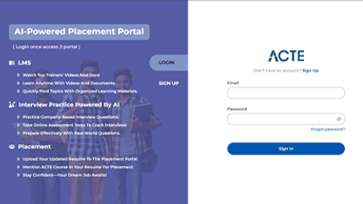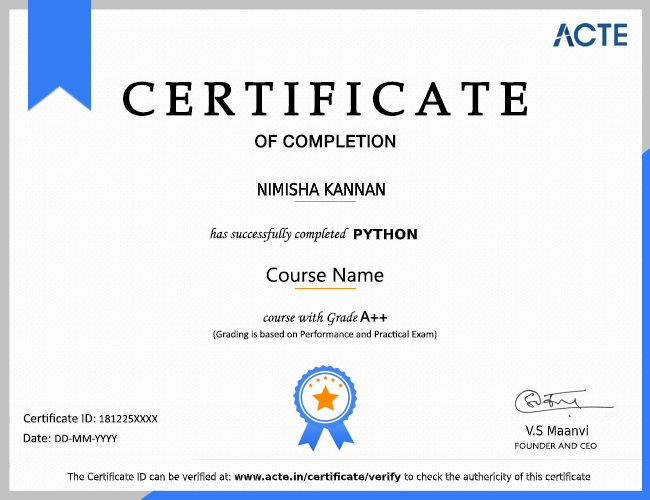Data Visualization online training will assist you in the development of useful and interesting reports and dashboards to make sense of information. To generate visuals, you will use technologies like Tableau, Power BI, Excel, R, and Python. You will have a clear understanding of how to draw significant findings from data by the end of this session. The primary aim of this course is to teach you how to capture data that has little significance at first glance and deliver it to people in a way that is useful. During this course, we will use a number of Data Viewer Libraries in Python, Matplotlib, Seaborn, and other ways for the visual presentation of data.
We are the renowned Data Visualization Institute that offers the best quality courses. For both new and advanced level candidates, Our Data Visualization Course is accessible. In particular, in our training institute, we include the actual learning environment. You can learn the main concepts regarding the mining of data in conjunction with our Data Visualization Course at our Training Institute.
Additional Info
About Data Visualization Training :
Data visualization is the graphic representation of a data study in order to communicate results and insights in a clear and effective manner. With the objective of swiftly and readily distributing vital, actionable information, complex ideas are presented in charts and graphs. Data visualization is an important aspect of data science and analytics, particularly when dealing with huge, complex datasets. Whether used alone or in conjunction with other graphs, charts, and design components in an infographic or dashboard, the visualization tells a story. For professions in business analytics, data analysis, data science, statistics, and other fields, learning Data Visualization online course techniques is essential. If you're entrusted with sharing statistics with a group of coworkers, clients, or consumers, you'll need to know how to present your findings in the most effective way possible. Begin by being familiar with some of the most popular data visualization software and programming languages, such as Microsoft Excel and Python.
Analyzing and Visualizing Data with Excel, a free online Excel course will teach you key analysis skills as well as how to mix data in mashups, build various sorts of visualizations, and share them with the Microsoft Power BI cloud service. Learn how to quickly test out various visualizations to see which ones are the most effective for your target audience. Microsoft also offers training on how to use Power BI and SQL Server reporting to create and share data visuals. Python is an open-source programming language that may be used to create data visualizations. Enroll in one of the many free online Python courses devoted to data science applications.
Visualization and Analysis :
Having experience in visualization will benefit your CV whether you're searching for a job in data science, business analytics, or a related industry. Companies dealing with big data analytics, machine learning, and other fields that require processing extremely large and complicated data sets are in great demand for data visualization specialists. Applicants should have hands-on expertise working with Java, Python, SQL, and other languages, as well as experience with numerous data visualization tools and platforms. They should also be both extremely creative and analytical.
A career as a data visualization consultant or engineer may be perfect for you if you enjoy using both the analytical and artistic sides of your brain and enjoy math, computer science, data analysis, and statistics. To get started in this interesting industry, look into edX's data visualization, data science, and programming courses. The majority of courses are self-paced, so you can sign up and start learning right away.
Roles and Responsibilities :
- Collaborate with a team of monitoring, evaluation, learning and knowledge management staff, program staff, web developers, and technical subject matters experts to solve problems and convey key messages using data visualization approaches, techniques, and methods with a team of monitoring, evaluation, learning and knowledge management staff, program staff, web developers, and technical subject matter experts.
- Create intuitively and appealing static and interactive data visualizations for websites, annual and quarterly reports, and presentations to donors and other stakeholders utilizing routine program monitoring data.
- Interpret and create one-of-a-kind data visualizations for a variety of implementation research deliverables, such as reports, briefings, presentations, and peer-reviewed journal publications.
- To communicate compelling stories to a wide range of audiences, distill quantitative and qualitative data.
- Establish data visualization criteria and investigate new, cutting-edge techniques to increase those standards regularly.
- Clients, internal staff, scientific journals, and other publications will benefit from presentations, reports, tools, and data visualizations.
- MCSP personnel's data visualization skills should be improved.
- Collaborate with teams on proposal writing and the development of new programs.
Required Skills :
- A master's degree in public health is preferred, as well as specific abilities in information computation design, computer and information sciences, graphic design, basic statistics, data visualization, media arts, and sciences, or similar, as well as 3-6 years of related experience.
- Adobe CS 5 Suite, including Illustrator, Photoshop, InDesign, Flash as well as Tableau, is necessary to produce graphics and visualisation applications.
- Working knowledge of data analysis and visualization software such as SAS, Excel, SPSS, and MatLab/R
- Demonstrated ability to transform complicated data and/or huge data sets for usage in graphic or interactive representations for the web and/or other media.
- Knowledge of contemporary web standards-based HTML, CSS, and interactive tools like JQuery or other Javascript-based code libraries is required.
- Extensive experience designing a variety of visualization products
- Ability to work with a variety of people from different backgrounds in different teams Working on numerous tasks at the same time is a plus.
- Good interpersonal and cooperation abilities- as proven by publications or cover letters, strong oral, written, and presentation skills.
- Analytical and problem-solving abilities that are second to none
Tools For Data Visualization :
Tableau : Software Tableau, one of the most popular data visualization tools, provides interactive visualization solutions to over 570K businesses.
Dundas BI : Dunds BI provides highly customizable Data Visualization online course with interactive scorecards, maps, gauges, and charts, allowing users to create ad-hoc, multi-page reports more quickly.
JupyteR : A web-based program that allows users to create and share documents with visuals, equations, narrative prose, and live code, JupyteR is one of the top-rated data visualization tools.
Zoho Reports : Zoho Reports, also known as Zoho Analytics, is a data visualization tool that combines Business Intelligence and online reporting services to allow for the easy production and distribution of large reports in minutes.
Google Charts : Google Charts, which is coded in SVG and HTML5 and can build graphical and pictorial data visualizations, is one of the leading participants in the data visualization market.
Frameworks For Data Visualization :
Following are the frameworks used for data visualization :
- TensorFlow
- Scikit-learn
- Keras
- Pandas
- Spark-MLib
- PyTorch
- Matplotlib
- Numpy
- Seaborn
- Theano
Integration Module :
AI-Integration- Artificial intelligence (AI) is the next big thing in technology. It can aid with data analysis, forecasting trends, and prescribing essential modifications. As a result, including AI in your visualization tool might help your company plan for the future. Customer service, streaming data support, interactive exploration, dynamic infrastructure, and more are some of the additional things you should look for.
Certifications :
Data visualization is, without a doubt, one of the fastest-growing fields in today's globe. Coursera offers over 100 certifications and classes to help you improve your skills in this area, regardless of your existing level of competence. You can learn to use well-known programs like Tableau, Python visualization, advanced Excel, and others. Choose the options that best meet your needs, then integrate and apply the concepts in a real-world project. Take a look at some of the greatest Tableau Courses available online if you're interested.
Benefits of Data Visualization :
- One of the most significant advantages of using images for data is that people can typically comprehend information more quickly than if it were presented in its raw form.
- The prevalent assumption that "visuals are processed 60,000 times faster in the brain than text" is unfounded.
- However, MIT neuroscientists discovered in 2013 that the human brain can interpret full images seen by the eye in as little as 13 milliseconds.
- People who aren't used to working with massive data sets might use data visualization to extract information and develop conclusions.
- It can aid in learning Data presented in a visual style can aid in learning.
- Visual aids as a teaching tool have been found to encourage thinking and improve learning conditions in studies.
- It aids in the clarification and engagement of content.
- It can aid in the detection of patterns one of the most important parts of data visualization is the presentation of data in simple formats.
- Not only does this make it easy for non-experts to evaluate the data, but it also makes it easier to spot trends and patterns.
- You can receive a visual depiction that shows trends instead of rows on a spreadsheet, for example.
- It has the potential to boost productivity. Data is now widely used to generate projections and commercial decisions.
- Modern data visualization technologies can assist in the processing of vast amounts of data, allowing businesses to make more informed and timely decisions, hence increasing productivity and efficiency.
Payscale :
The overall data science platform market is estimated to increase at a CAGR of 38.9% from 195K to 101K. The average annual salary is 120K. In the United States, the average compensation for a Data Scientist is 120K per year.







